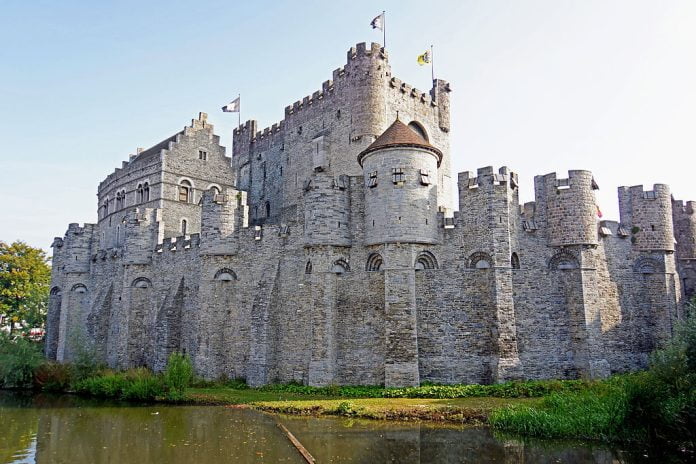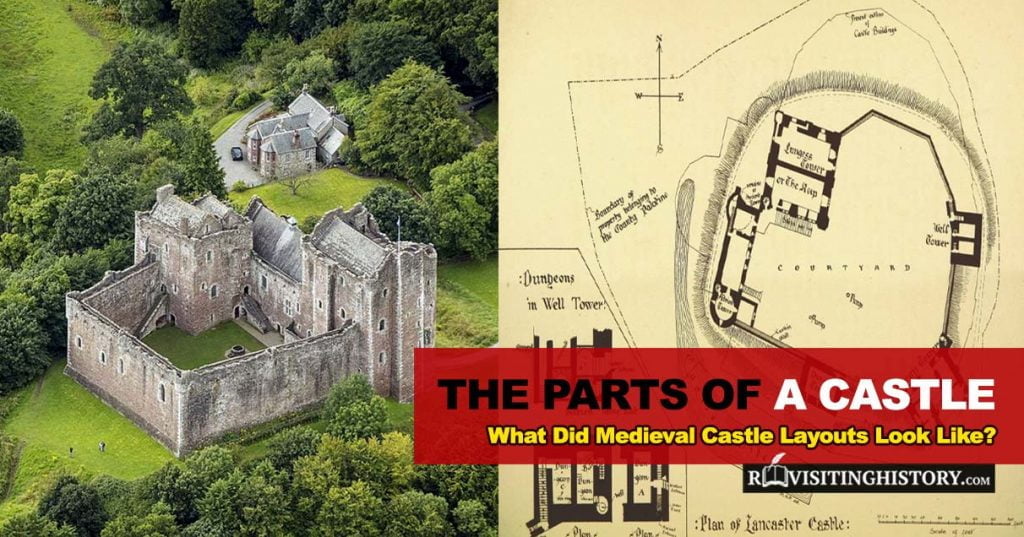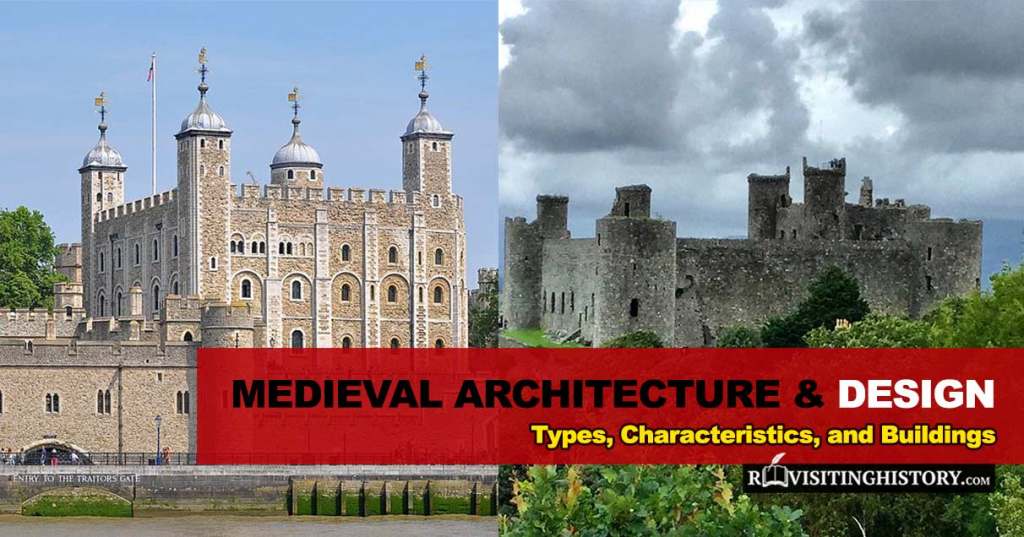Castles have played an important role throughout history, serving as both defensive structures and grand residences for royalty and nobility. Many castles around the world have stood the test of time–surviving centuries of war, natural disasters, and neglect.
These ancient castles offer a glimpse into the past, showcasing the architectural styles, building techniques, and the way of life of those who would have lived in them. In this article, we will look at some of the oldest castles in the world that have survived to this day. From medieval castles in Europe to ancient fortresses in Asia, these structures will transport you back in time and give you an insight into the rich history of their locations. Let’s take a look:
Table of Contents
- 1 Citadel of Aleppo, Syria (3rd millennium BC)
- 2 Hohensalzburg Castle, Austria (1077)
- 3 Rochester Castle (11th Century)
- 4 Alcázar of Segovia, Spain (1120)
- 5 Castle of the Counts, Belgium (12th Century)
- 6 Edinburgh Castle, Scotland (12th Century)
- 7 Castle of Sighisoara, Romania (12th Century)
- 8 Guedelon Castle, France (1220s)
- 9 Vyborg Castle, Russia (1293)
- 10 Himeji Castle, Japan (1333)
- 11 In Conclusion
Citadel of Aleppo, Syria (3rd millennium BC)
The Citadel of Aleppo is a large medieval fortress located in the city of Aleppo, Syria. The citadel is considered one of the oldest and largest castles in the world, with a history dating back to the 3rd millennium BC. The core of the present structure was built in the 12th and 13th centuries by the Ayyubid dynasty. It was later expanded and fortified by the Mamluk and Ottoman empires.
The fortress contains several palaces, mosques, and bathhouses, as well as an archaeological museum. The Citadel of Aleppo is now considered a UNESCO World Heritage site. The site is open to visitors, however, due to the ongoing conflict in Syria, safety and accessibility can vary.
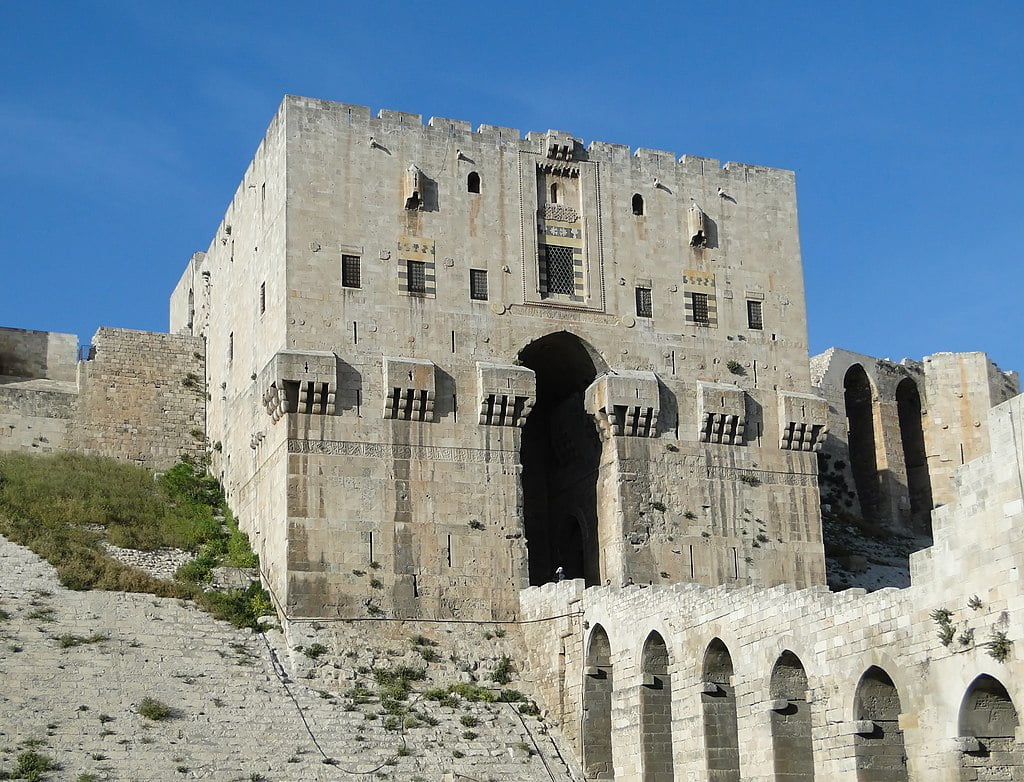
Hohensalzburg Castle, Austria (1077)
Located in Salzburg, Austria, Hohensalzburg Castle was built in 1077 by Archbishop Gebhard von Helfenstein. Expanded and fortified over the centuries, the castle is one of the largest and best-preserved medieval constructions in Europe. It is considered one of Austria’s most important cultural and historical sites. Hohensalzburg is known for its massive walls, towers, and courtyards, as well as its intricate frescoes and artwork.
Hohensalzburg underwent a major restoration in the 19th century and is now open to the public. The castle houses a museum, an art collection, a restaurant, and a souvenir shop. Hohensalzburg is considered one of the most visited castles in Austria.
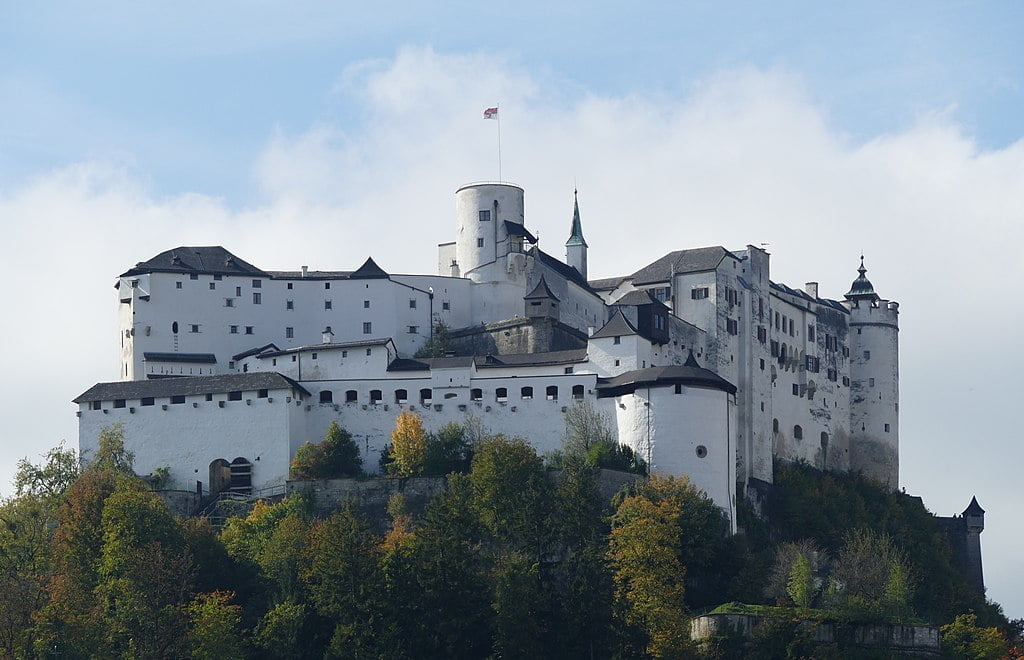
Rochester Castle (11th Century)
Rochester Castle is a medieval castle located in the city of Rochester, Kent, England. The castle was built in the late 11th century by Bishop Gundulf of Rochester, after the Norman conquest of England in 1066. The intent of the construction project was to protect the strategically important River Medway crossing. Over the course of its existence, Rochester Castle has served as a royal palace, fortress, and strategic military base. It is considered one of England’s best examples of Norman castle architecture.
After falling victim to disrepair in the 17th century, Rochester underwent extensive restoration in the 19th century before being opened to the public. Only the bare bones of the castle interior are left now, but even in a semi-ruinous state, one can appreciate how magnificent it might have been during its glory days.
That said, the walls of Rochester are quite well-preserved and surrounded by beautiful gardens and landscapes. It definitely deserves its reputation as one of the most important historical sites in Kent.
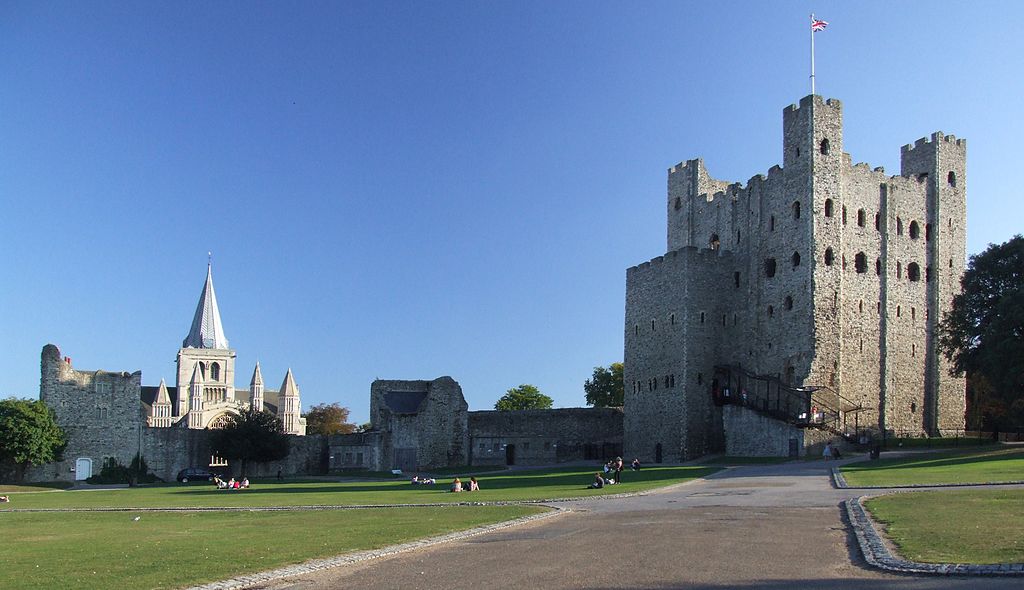
Alcázar of Segovia, Spain (1120)
The Alcázar of Segovia is considered one of the most iconic examples of Spanish medieval architecture, known for its unique combination of Romanesque and Mudéjar styles. It was built in the 12th century by King Alfonso VI of León and was expanded and fortified over the centuries. The castle’s location on a hilltop features a gorgeous view of the city, while the surrounding moat has made it an important site for the defense of Segovia–no enemy has ever captured it.
The castle was abandoned in the 19th century, and the inevitable disrepair soon followed. In the 20th century, it underwent extensive restoration and is now open to the public as a tourist attraction. Visitors can explore the castle’s various rooms and towers, and learn about the history of the castle and the role it played in the history of Spain. The castle is also a UNESCO World Heritage Site, and it’s considered one of the most important historical sites in Spain.
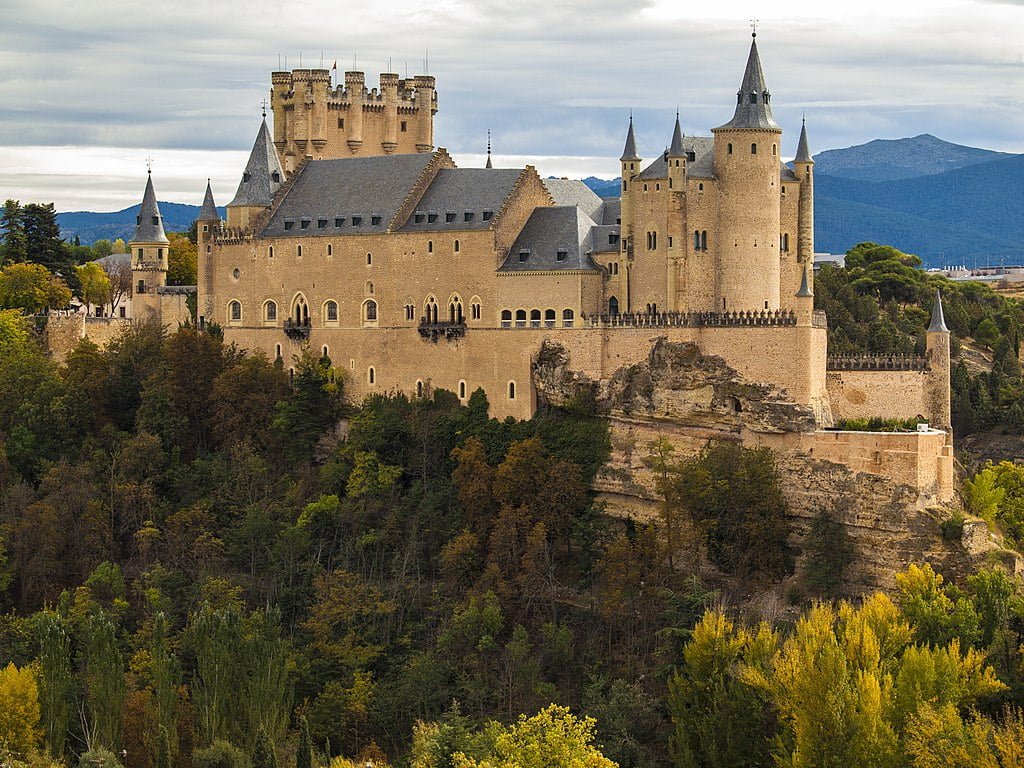
Castle of the Counts, Belgium (12th Century)
Standing in the city of Leuven, Belgium, the Castle of the Counts is considered one of the most iconic examples of medieval Belgian architecture. With its avant-garde mix of Gothic, Romanesque, and Baroque features, it is certainly a sight to behold. The castle has played a significant role in the history of Belgium: used as a residence for the Counts of Leuven, a fortress, and even an industrial factory over the course of its existence.
The Castle of the Counts is now open to the public as a tourist attraction. There are a lot of interesting things to see inside, from a torture equipment exhibit to the imposing keep. It’s an excellent place to discover the history of Ghent.
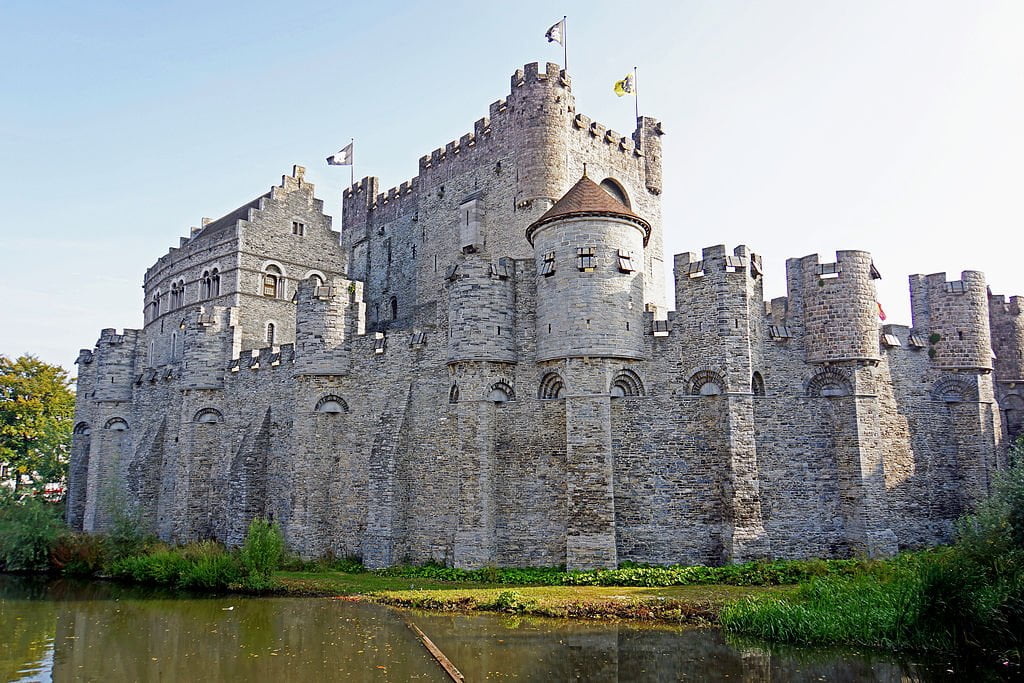
Explore Medieval Times Deeper or Continue Reading…
Edinburgh Castle, Scotland (12th Century)
The exact date of the construction of Edinburgh Castle is unknown, but it is believed to have been built in the 12th century. It sits atop an extinct volcano and has been a royal residence and fortress for centuries. The earliest historical records of the castle date back to the 12th century, when it was referred to as the “Castle of Edinburgh”.
Throughout its existence, the castle has been expanded by various royal owners, with various towers, chapels, and halls built at different points in time. The castle also played a role in many important historical events, including the Wars of Scottish Independence in the 14th century and the Jacobite Rising of the 18th century.
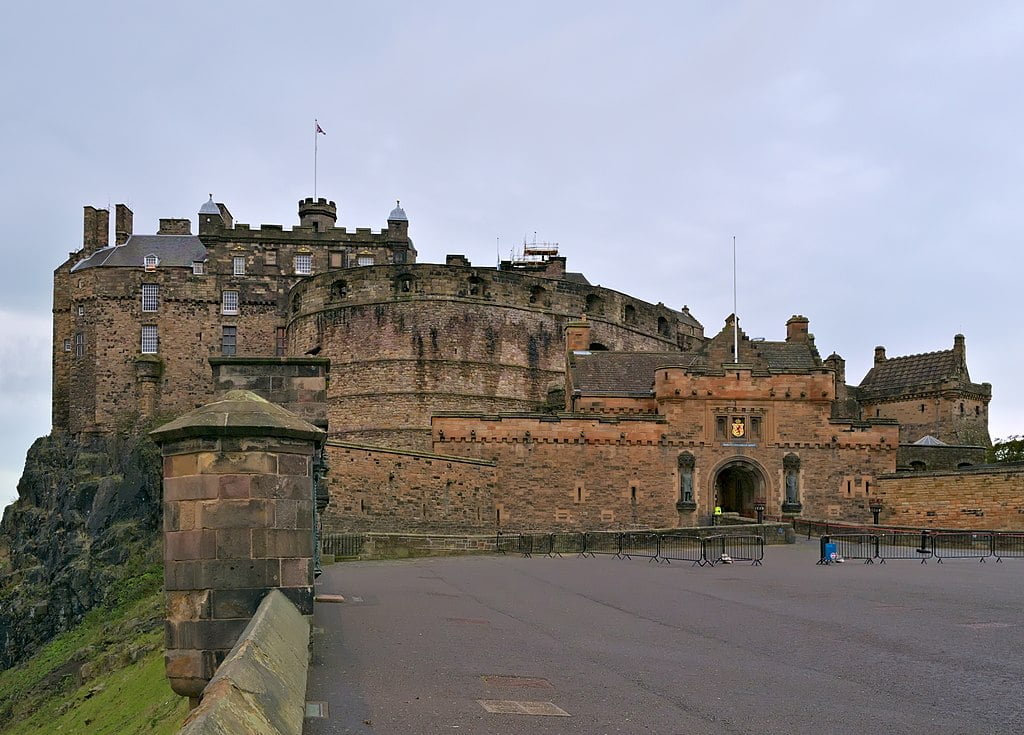
Castle of Sighisoara, Romania (12th Century)
The Castle of Sighisoara, also known as the Clock Tower of Sighisoara, is a medieval fortress located in the city of Sighisoara, Romania. It was built in the 12th century by Saxon colonists and is known for its unique architecture, which combines elements of Gothic and Renaissance styles. The castle’s most striking feature is the Clock Tower, which is also the main entrance to the fortress. It was built in the 14th century and is still in good condition.
The castle was the birthplace of Vlad the Impaler who was born in the castle in 1431; he’s thought to be an inspiration for Bram Stoker’s novel Dracula. The castle was abandoned in the 18th century, and eventually fell into a state of disrepair. In the 20th century, the castle underwent extensive restoration and is now open to the public as a tourist attraction.
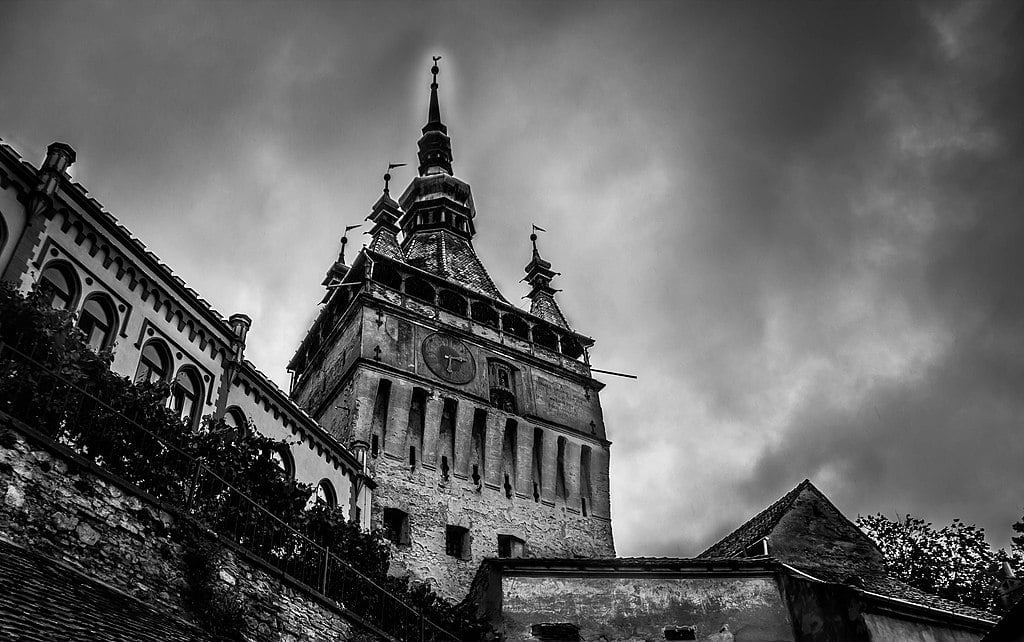
Guedelon Castle, France (1220s)
Originally built as a defensive fortress, Guedelon Castle in France was eventually converted into a residence for the local nobility. The castle is known for its unique architecture, which combines elements of Romanesque, Gothic, and Renaissance styles. Its most striking feature is its massive keep, surrounded by a curtain wall and towers.
The castle was abandoned in the 17th century and fell into a state of ruin. In the 1970s, a group of enthusiasts began to restore it using traditional building techniques and materials. Today, Guedelon Castle is a popular tourist attraction, known for its well-preserved architecture and its status as a living history museum. Visitors can explore the castle’s various rooms and towers while learning about the history of the castle and the restoration process. The castle is also a research center for medieval construction.
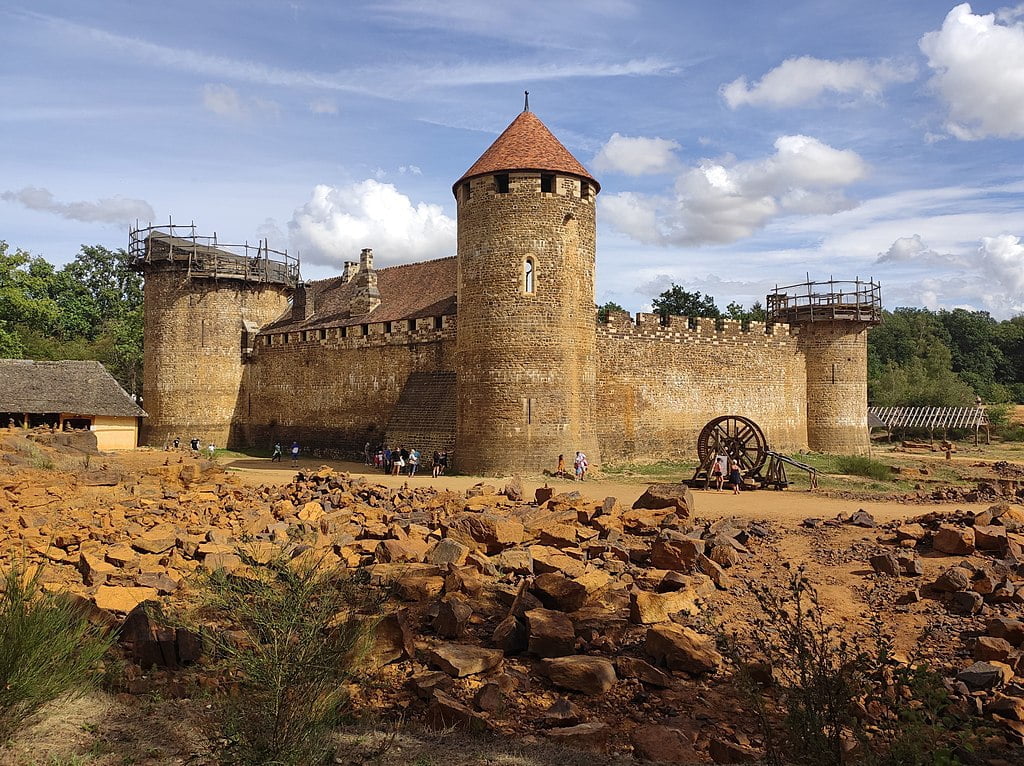
Vyborg Castle, Russia (1293)
Vyborg Castle is considered one of the oldest surviving castles in Russia. It was built in the 13th century by the Swedish, while Finland was part of the Swedish kingdom. With its hilltop perch and a unique combination of Gothic, Renaissance, and Baroque architecture, this castle enjoys absolutely stunning visuals.
Vyborg Castle is one of the best-preserved medieval castles in Russia and has had a significant cultural and historical impact on the region. It has been the site of several important historical events, including the Siege of Vyborg in 1710 during the Great Northern War. These days, however, the castle functions as a museum where visitors can learn about the history of the castle and the surrounding region.
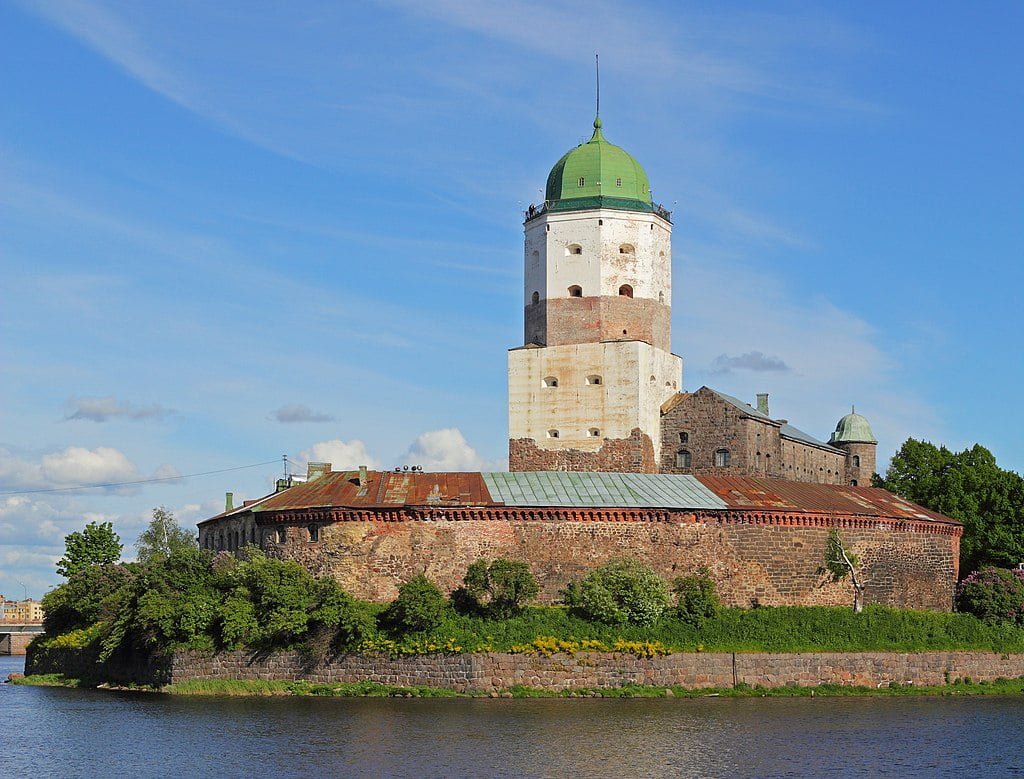
Himeji Castle, Japan (1333)
The oldest castle in Japan is Himeji Castle, also known as “White Heron Castle,” located in the city of Himeji in Hyogo Prefecture. The castle was built in 1333 by Akamatsu Norimura, and it was expanded and fortified over the centuries. The castle is considered one of the best-preserved examples of medieval Japanese castle architecture, and one of the most important cultural and historical sites in Japan. It is renowned for its intricate decorations: carvings, sculptures, and beautiful gardens and landscapes.
Himeji Castle has survived many wars, natural disasters, and fires throughout the centuries. The castle was designated as a UNESCO World Heritage Site in 1993 and is open to the public as a tourist attraction. The castle houses a museum and an art collection, as well as a souvenir shop and a traditional Japanese tea house.
Fun fact: Himeji Castle was used as a filming location for the James Bond film “You Only Live Twice” in 1967, one of many films, TV shows, and video games it’s featured in.
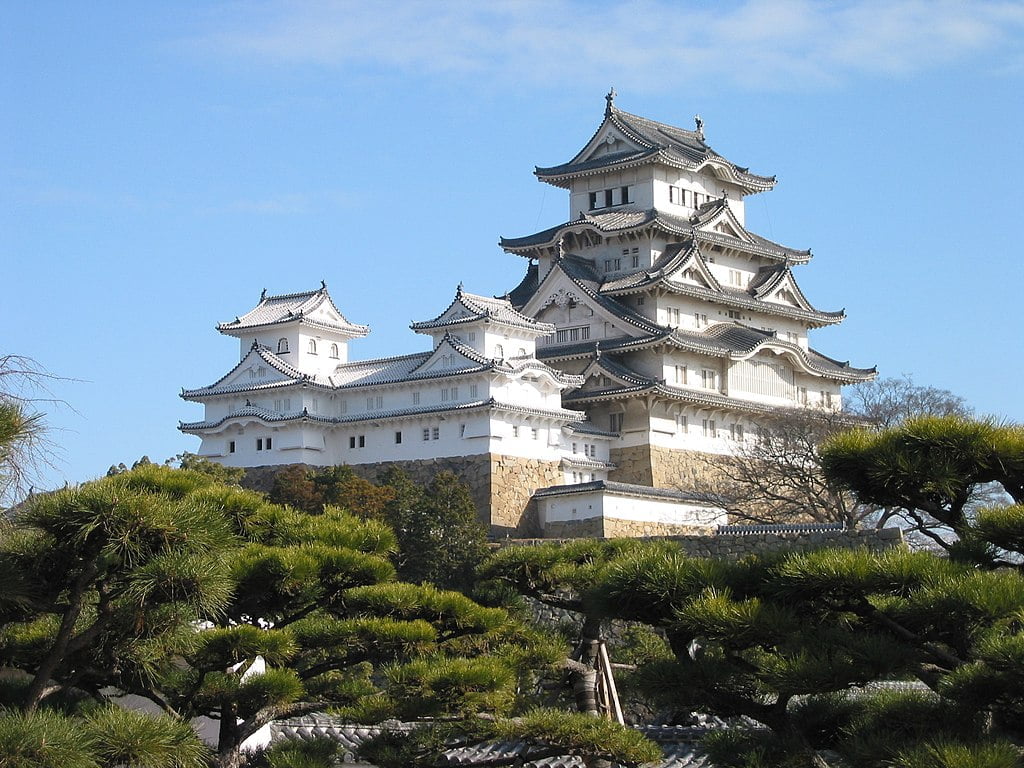
In Conclusion
Castles are a fascinating aspect of history and culture, representing the power, wealth, and prestige of their builders and inhabitants. The oldest castles in the world offer a glimpse into the past, showcasing the architectural and defensive innovations of their time. From the Castle of the Counts in Belgium to Himeji Castle in Japan, each of these ancient fortresses has a unique and rich history.
These castles are not only marvels of architecture and engineering but also symbols of the political, social, and economic developments of the time they were built for. Visiting these castles is a unique opportunity to travel back in time to experience the history and culture of different regions. Whether you’re a history buff or just looking for a unique and interesting destination, visiting the oldest castles in the world is a guaranteed adventure.

